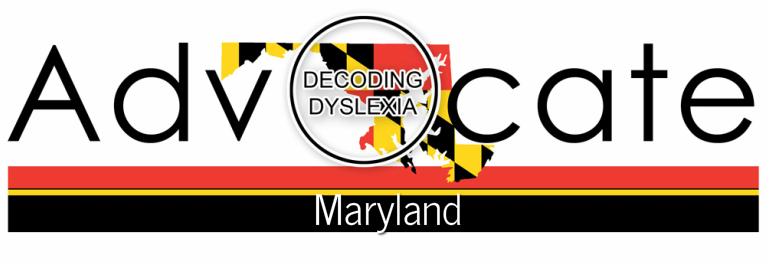| Sen. Bill Cassidy introduced dyslexia amendments on April 15th during Committee markup of #ESEA. The original amendment sought to allow title II $ in ESEA to be used to provide professional development about #dyslexia to teachers. Teachers do not receive college prep to identify or address dyslexia in public schools. By the time public schools recognize reading failure the student is usually in 3rd grade and is too far behind to easily catch up. Many struggling readers can be identified early through Response to Intervention dyslexia screeners and provided effective instruction that meets the Knowledge & Practice Standards for Teachers of Reading. Unfortunately, many public schools can't identify dyslexia and reading disabilities and don't provide effective, structured literacy programs. Students who struggle to read often pay for tutoring, leave the public system or graduate with inferior literacy skills. THE CASSIDY AMENDMENTS Senator Cassidy (R-LA) attempted to address the injustice of students with dyslexia who are never identified in public schools and, even when identified, are not provided appropriate interventions. The amendment allowed Title II money to be used for teacher education on identification and interventions for dyslexia so that children would not fail to read. OPPONENTS & PROPONENTS 54 organizations supported the Cassidy amendment, including IDA, Eye to Eye, Decoding Dyslexia, Dyslexic Advantage and 3,000 people signed the NCLD online petition and over 5,000 people signed the Dyslexic Advantage petition. Sen Patty Murray (WA), the co-chair of the HELP committee had a list of 49 organizations that opposed the Cassidy amendment. Among them were NEA, PTA, Easter Seals, COPAA. Opponents did not want to "single out" one disability over another for funding in Title II of ESEA. Proponents pointed out that all persons with disabilities can struggle with reading failure and dyslexia. Persons with dyslexia can also have ADHD, Autism, Dysgraphia and other disabilities. Proponents also pointed out that reading failure is not limited to persons identified under IDEA as a person with a disability of dyslexia. Many people are NOT identified with a disability but still struggle to read OR they are protected under Section 504 and receive accommodations, but not interventions to teach them to read. They also pointed out that dyslexia is the most prevalent of all learning disabilties and has a huge impact on our society. Literacy issues, as noted by the Department of Education in this study, are pervasive. SEE Making Skills Everyone's Business | According to the US Department of Education, one in six adults (54 Million) has low literacy skills. One in three has low numeracy skills and low skills are just as prevalent now as they were 20 years ago. Source: Making Skills Everyone's Business, p. 3, USDOE, Office of Career, Technical and Adult Education, February 2015. People with learning disabilities are twice as likely to have low literacy skills. The MAJORITY of those with low skills (more than 60%) have completed high school. Incidence of Dyslexia in US Student Population
Data sources: http://nces.ed.gov/fastfacts/display.asp?id=372 https://nces.ed.gov/programs/coe/indicator_cgg.asp Notes Regarding Calculations: while the above calculations are approximate even if they are off by 10%, it is still an egregious injustice. |
|
7 Comments
|
AuthorArchives
July 2020
Categories
All
|

 RSS Feed
RSS Feed